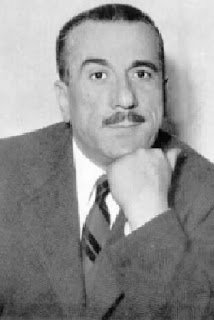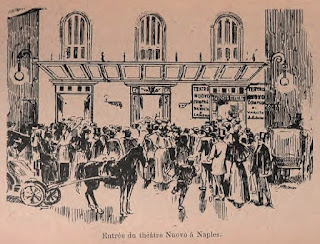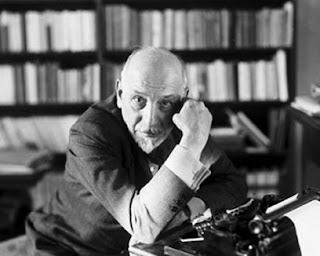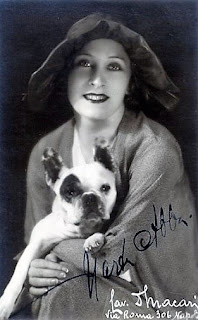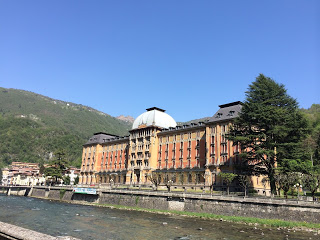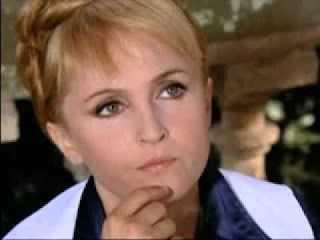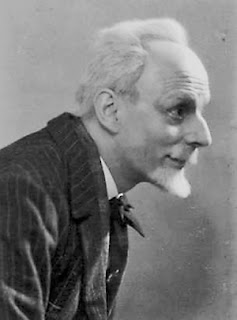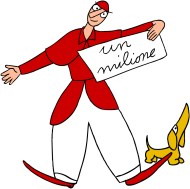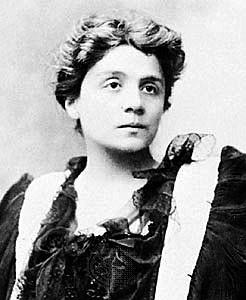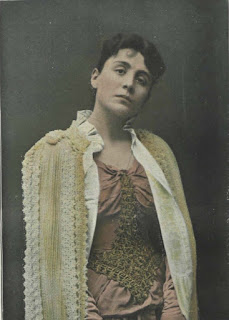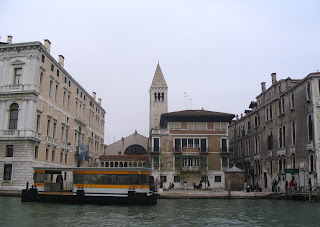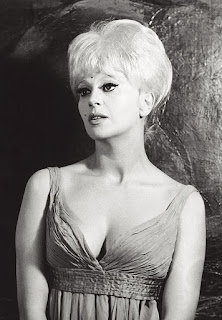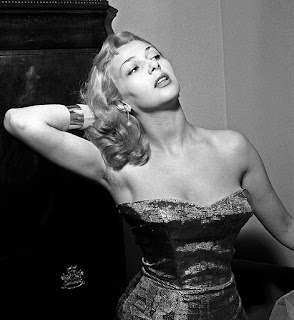Stage and screen star once dubbed ‘Italy’s Olivier’
| Vittorio Gassman in the 1948 movie Riso amaro, which provided him with his breakthrough as a screen actor |
Tall, dark and handsome in a way that made him a Hollywood producer’s dream, Gassman appeared in almost 150 movies but he was no mere matinée idol.
A highly respected stage actor, he possessed a mellifluous speaking voice, a magisterial presence and such range and versatility in his acting talent that the Hollywood columnist Sheilah Graham once called him ‘the Lawrence Olivier of Italy’.
He enjoyed a career that spanned five decades. Inevitably, he is best remembered for his screen roles, although by the time he made his movie debut in 1945, he had appeared in more than 40 productions of classic plays by Shakespeare, Aeschylus, Ibsen, Tennessee Williams, and others.
On screen, his major successes included his portrayal of the handsome scoundrel Walter opposite Silvana Mangano in Giuseppe De Santis's neorealist melodrama Riso amaro (Bitter Rice, 1948), and several Commedia all’Italiana classics, including Mario Monicelli’s I soliti ignoti (Big Deal On Madonna Street, 1958), La grande guerra (The Great War, 1959) and L'armata brancaleone (1965), and Dino Risi's Il sorpasso (1962).
 |
| With Silvana Mangano and Alberto Sordi (right), his co-stars in the comedy classic La grande guerra (1959) |
Gassman’s portrayal of a blind military man in Risi’s 1974 film Profumo di donna received the Best Actor award at the Cannes Film Festival. Al Pacino played the same part and won an Oscar in the 1992 remake, Scent of a Woman.
His flirtation with Hollywood came after he met and fell in love with the American actress Shelley Winters while she was touring Europe.
When Winters returned to Hollywood because of contractual obligations, he followed her there and married her. With his natural charisma and fluency in English he landed a number of roles in Hollywood, including Charles Vidor’s Rhapsody opposite Elizabeth Taylor, and with Gloria Grahame in Maxwell Shane’s film noir The Glass Wall.
He was the only Italian star in the cast of King Vidor's epic War And Peace (1956), produced by Dino De Laurentiis in Rome and for which the Italian composer Nino Rota wrote the music score. Later, Gassman gave distinguished performances in the Robert Altman films A Wedding (1978) and Quintet (1979).
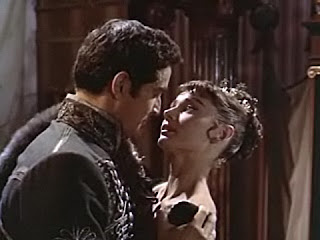 |
| Gassman was the only Italian cast in the 1956 epic War and Peace, in which he is pictured with Audrey Hepburn |
A student at the Accademia Nazionale d'Arte Drammatica in Rome, he made his stage debut in Milan in 1942 before moving back to Rome to work at the Teatro Eliseo.
Even after his film debut in 1946 was followed by his breakthrough role in Bitter Rice two years later, he devoted much energy to Luchino Visconti's theatre company in productions such as Tennessee Williams' Un tram che si chiama desiderio (A Streetcar Named Desire) and Come vi piace (As You Like It) by Shakespeare.
In 1952 he co-founded and co-directed the Teatro d'Arte Italiano, which produced the first complete version of Hamlet in Italy. Later in his career, he created his own company, Teatro Popolare Itinerante, with which he toured Italy staging the works of 20th century authors and playwrights as well as the classics of Shakespeare, Dostoyevsky and the Greek tragicians. He also founded a theatre school in Florence.
For a while he was the star of a popular TV series, Il Mattatore, which was later turned into a movie.
Married three times - to actresses Nora Ricci, Shelley Winters and Diletta D'Andrea - he also had numerous affairs. The father of two daughters and two sons - one of whom, Alessandro, became a film actor - Gassman died in June 2000, in Rome, following a heart attack.
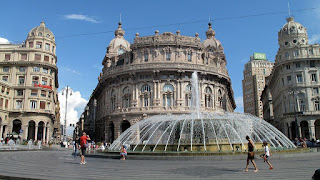 |
| The Piazza de Ferrari in the centre of Genoa |
Gassman’s home city of Genoa boasts Italy's largest sea port, its maritime power going back to the 12th and 13th centuries, when the Republic of Genoa ruled the Mediterranean. The old city is fascinating for its large maze of narrow caruggi (streets), opening out occasionally into grand squares such as Piazza de Ferrari, site of an iconic bronze fountain and Teatro Carlo Felice opera house. There is a Romanesque duomo, the Cathedral of San Lorenzo, recognisable for its black-and-white-striped facade and frescoed interior.
 |
| The Accademia Nazionale d'Arte Drammatic in Rome |
The Accademia Nazionale d'Arte Drammatica "Silvio d'Amico", the dramatic arts academy where Gassman trained as an actor, can be found in Via Bellini, between Villa Borghese and the Parioli district, in an elegant four-storey building. Founded in 1936 by the critic and theatrical theorist Silvio D'Amico, in addition to Gassman it has seen students such as Rossella Falk, Anna Magnani, Paolo Stoppa, Nino Manfredi, Gian Maria Volonté, Monica Vitti, Michele Placido, Nicoletta Braschi and Luca Zingaretti attend lectures and workshops there.
More reading:
Mario Monicelli - the father of Commedia all'Italiana
The genius of Alberto Sordi
How Silvano Mangano's acting talents overcame her critics
Also on this day:
1878: The birth of conductor Tullio Serafin
1886: The birth of vaudeville star Guido Deiro
Home
